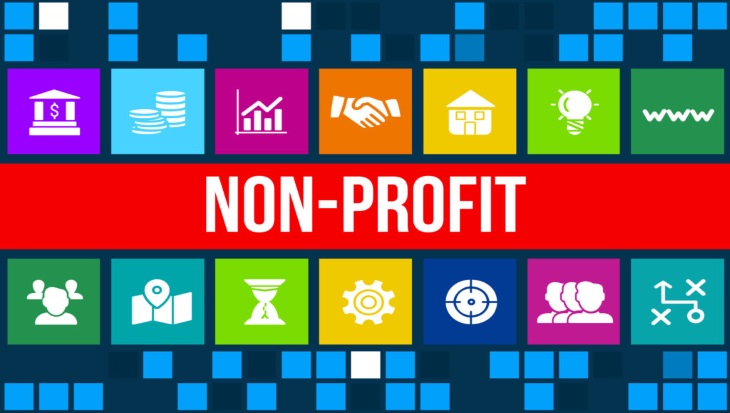Contrary to what many might consider a whimsical phrase when thinking about the future, “what if” is actually a very pragmatic question to ask. Scenario planning in the non-profit sector is quickly becoming the norm as the world’s shifting tides, in technology for example, challenge the status quo. As the tides continue in their ebb and flow, organization leaders must get comfortable anticipating and embracing change, and what if analysis is one of the best and most practical ways to do that. If you don’t consider the possibilities of inevitable changes coming down the pipeline, how will you adapt to them not only with grace, but with success, keeping your organization thriving.
What is what if analysis?
What if analysis is part of the process of scenario planning, and the two terms are often used synonymously. Scenarios are essentially narratives about what the future might hold for your organization. These scenarios could involve internal factors like investments, personnel or property, or outside factors like politics or environmental changes. Scenarios often involve a mix of multiple factors, which is what makes what if analysis so important. If a big change occurs in the future, chances are it will affect your operations on many levels and you need to be in a good position to pivot on a dime if necessary. It won’t be easy, but at least you’ll have the beginnings of a vision for the change when the time comes.
How does what if analysis work?
What-if analysis is designed to stretch your thinking as a non-profit organization leader. The possible scenarios could be good, bad, surprising or totally expected. Nonetheless having a plan will help you guide your community through the shift. What-if analysis is not just a one-off plan, but a mode of operating as a leader that postures you constantly towards the future, and begins by determining what scenarios are worth looking into and planning for. Then the view becomes more narrow as your focus on each scenario specifically. First, you will begin to ask lots of questions of the people who would be central to the potential change, and then start to explore all the different elements that would be affected. After the information gathering has finished you will begin to build out a scenario framework with a strategic approach to change. The final stage of scenario planning is where what if analysis really comes into play.
Monitoring change
When you have drawn up all the plausible scenarios, you can use intelligent budgeting software to set up monitoring systems so you can track key elements that indicate potential change. By using software that will automate and visualize this data for you, you can operate and make decisions with confidence knowing that the elements of change aren’t the result of human error or misjudgment. Furthermore, using budgeting software for this task will also allow you to integrate your current financial and business analysis processes into your what if scenarios seamlessly.
What if analysis is never a bad idea, no matter the size of your nonprofit organization. Being forward thinking works for everyone’s benefit and, with the right tools, could really save your organization a lot of stress in the long run. Don’t let the future creep up on you, but be ready to greet it with open arms.
For more information about how budgeting software can help you with what if analysis and scenario planning for your non-profit, check out our website or schedule a demo with Questica.





